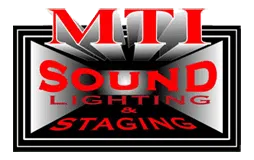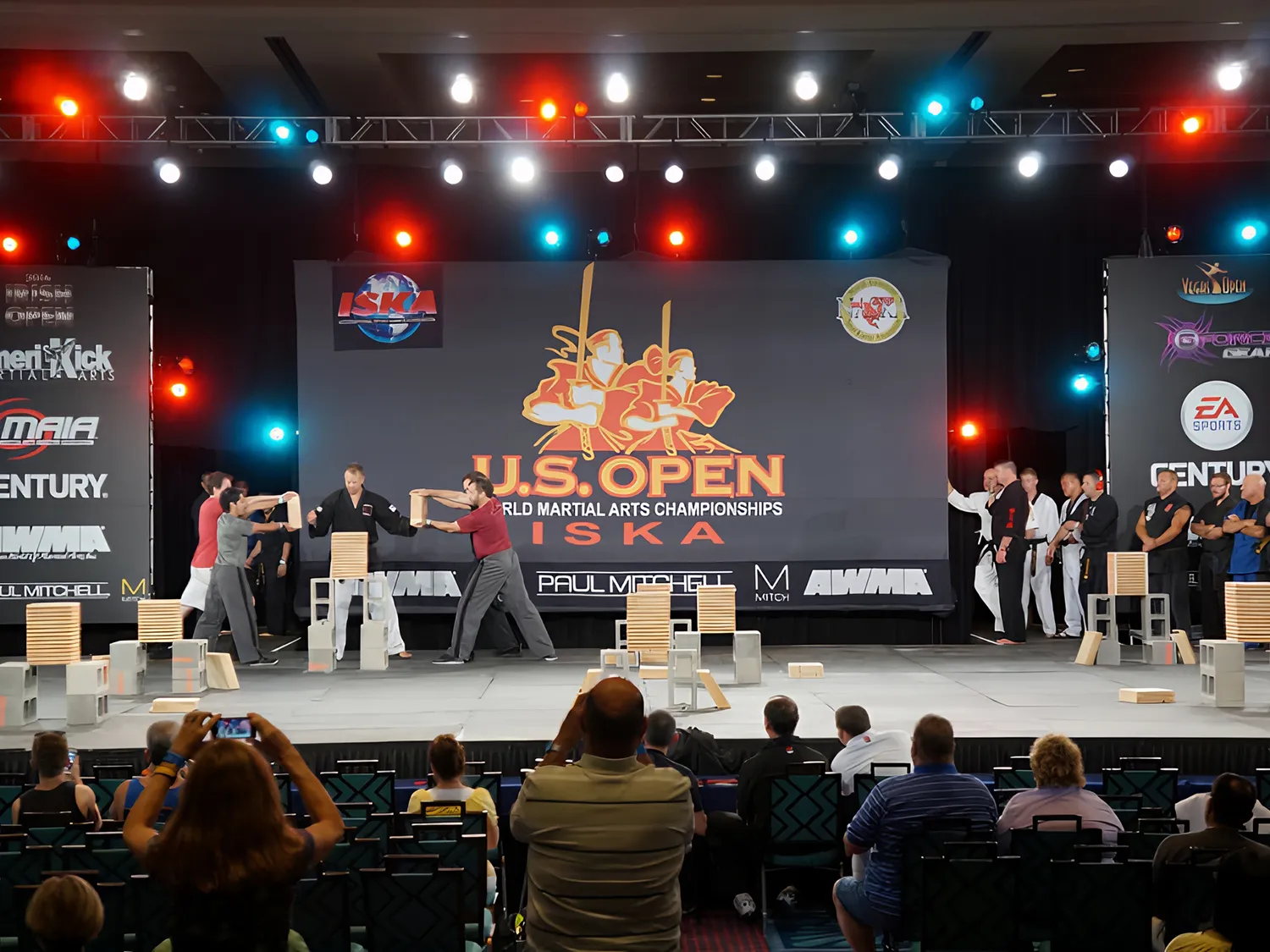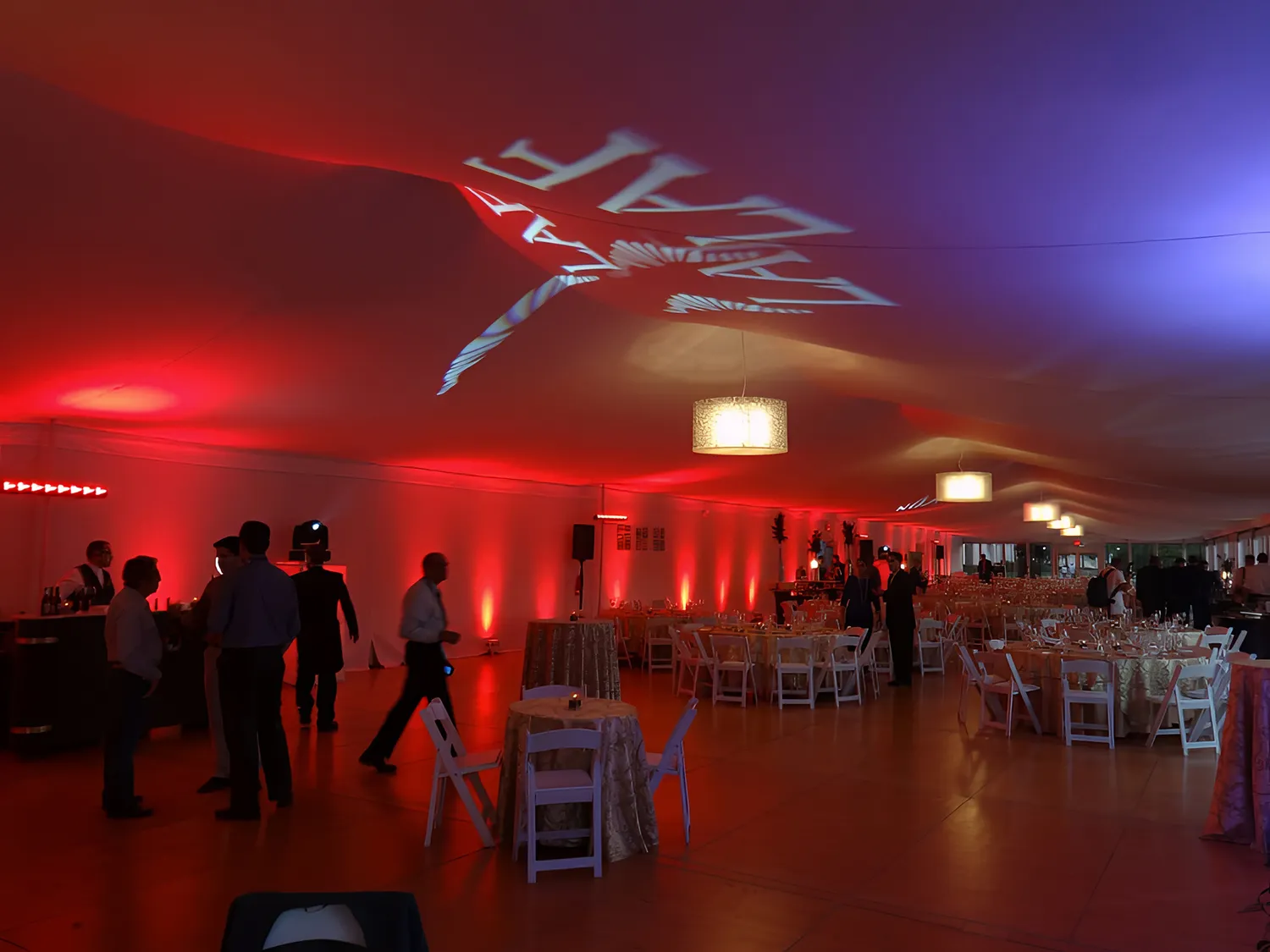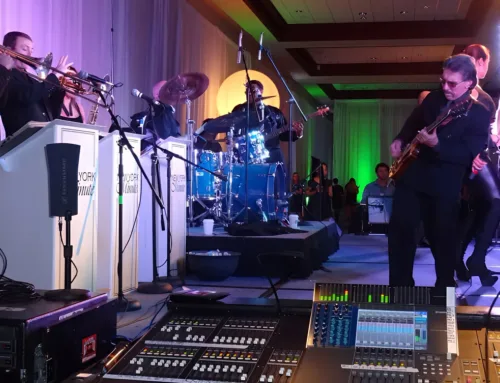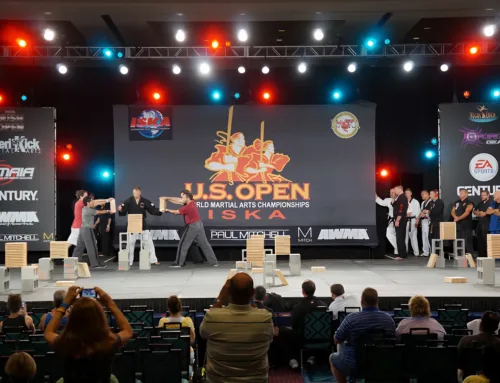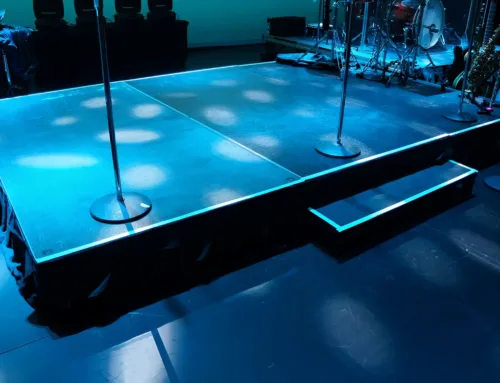Jump to Section:
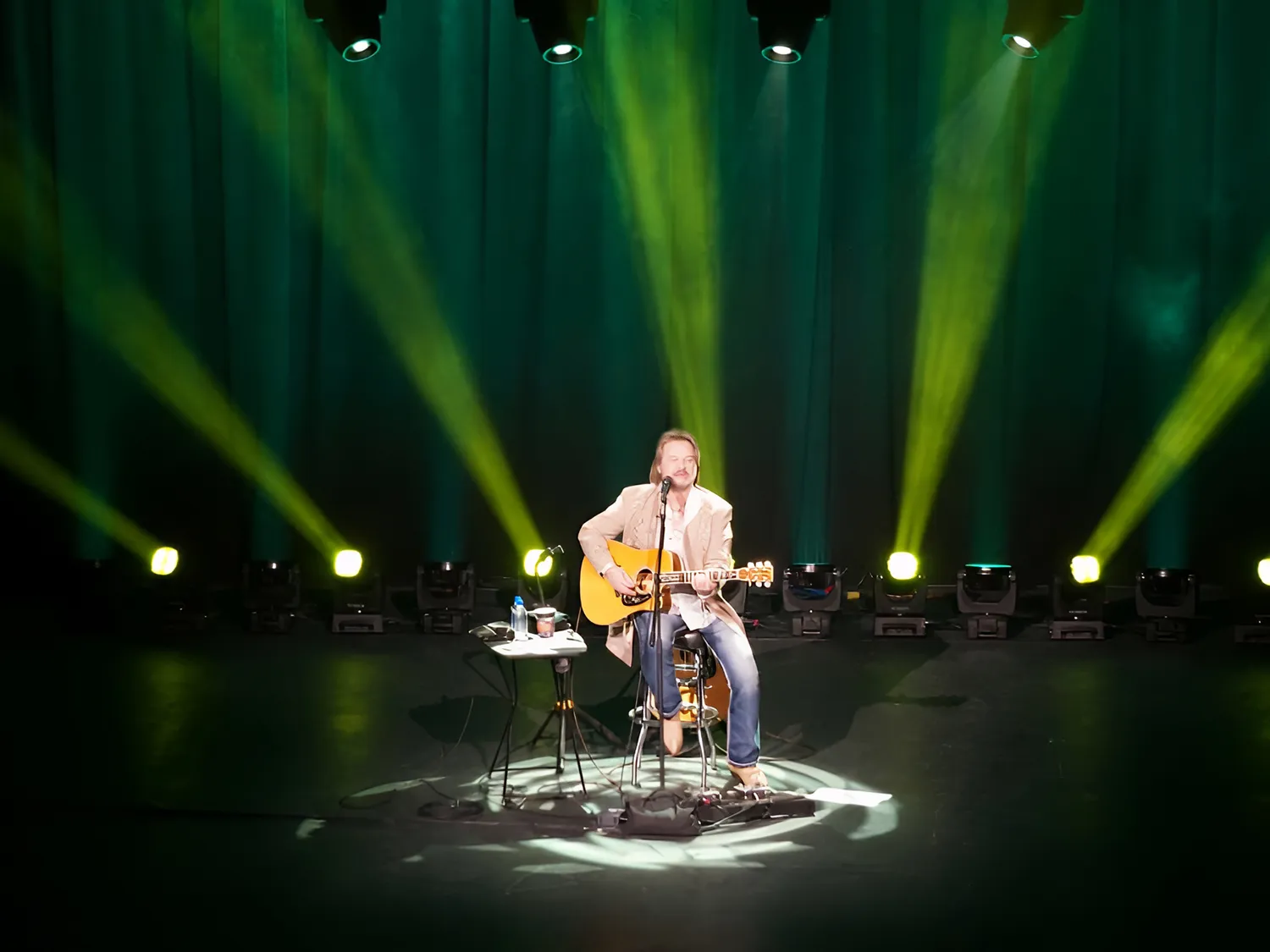
1. Creating Unified Visual Narratives Through Design
When you’re planning an event, the magic happens when lighting staging elements work together to tell your story. Think about walking into a venue where every visual element feels intentional and connected – that’s the power of unified design. Whether you’re hosting an elegant corporate gala or an intimate wedding celebration, successful integration creates environments where lighting and staging complement each other seamlessly.
The key to achieving this harmony lies in understanding that lighting staging isn’t about two separate systems competing for attention. Instead, it’s about creating a single, cohesive experience where lighting enhances your staging design while staging provides the perfect canvas for your lighting artistry. When done correctly, guests don’t notice individual elements – they simply feel immersed in an atmosphere that perfectly matches your event’s purpose and personality.
2. Mastering Color Psychology and Coordination
Color plays an incredibly powerful role in how people experience your event, and professional lighting staging design leverages this psychology to create specific emotional responses. Warm colors like amber and gold create feelings of comfort and intimacy, making them perfect for networking events or romantic celebrations. Cool colors like blue and purple convey professionalism and sophistication, ideal for corporate presentations or product launches.
The magic happens when your lighting colors work harmoniously with your staging materials and decorative elements. Imagine uplighting that matches your brand colors washing over custom backdrops, or accent lighting that highlights floral arrangements in complementary hues. This coordinated approach creates visual cohesion that feels intentional and polished, elevating your entire event from ordinary to extraordinary.
3. Designing Dynamic Spatial Experiences
Great lighting staging design doesn’t just illuminate spaces – it transforms how people perceive and move through them. Strategic lighting placement can make small venues feel more spacious and grand venues feel more intimate. Bright, focused lighting draws attention to key areas like stages or presentation spaces, while softer ambient lighting creates comfortable zones for conversation and networking.
Consider how different lighting techniques affect spatial perception throughout your event. Uplighting can make ceilings appear higher and walls more interesting, while carefully positioned spotlights create natural focal points that guide guest attention. When combined with thoughtful staging placement, these techniques help you control traffic flow and create distinct areas within your venue that serve different purposes throughout your program.
4. Implementing Layered Lighting Strategies
Professional lighting staging design relies on layering different types of illumination to create depth and visual interest. This approach combines ambient lighting for overall atmosphere, task lighting for functional needs, and accent lighting for dramatic effect. Each layer serves a specific purpose while contributing to the overall aesthetic experience.
Think about how these layers work together during different parts of your event. During dinner, you might emphasize warm ambient lighting with subtle accent lighting on centerpieces. When presentations begin, task lighting ensures speakers are clearly visible while ambient levels adjust to maintain audience comfort. For dancing or entertainment, dynamic accent lighting takes center stage while ambient lighting creates energy and excitement. This layered approach keeps your event feeling fresh and engaging from start to finish.
5. Integrating Modern Technology for Immersive Experiences
Today’s lighting staging possibilities extend far beyond traditional fixtures and static displays. LED technology offers incredible color flexibility and programming capabilities that can transform throughout your event. Projection mapping can turn ordinary surfaces into dynamic canvases, while interactive lighting systems can respond to music, movement, or audience participation.
The key to successful technology integration is ensuring these advanced features enhance rather than overwhelm your event’s core message. LED walls can display branded content that complements your staging design, while programmable lighting can create smooth transitions between different program segments. When technology serves your event’s goals rather than becoming the focus itself, you create truly immersive experiences that engage audiences on multiple sensory levels.
6. Planning for Seamless Execution and Flexibility
Even the most beautiful lighting staging design means nothing if it can’t be executed flawlessly during your actual event. Professional planning considers practical factors like power requirements, setup timelines, and venue limitations while maintaining creative vision. This behind-the-scenes work ensures your design translates perfectly from concept to reality.
Flexibility becomes especially important for events with changing requirements throughout the program. Maybe you need bright, professional lighting during presentations that transitions to warm, social lighting during networking. Perhaps weather concerns require quick adjustments for outdoor elements. The best lighting staging designs build in this flexibility from the beginning, allowing for smooth transitions and quick adaptations without compromising the overall aesthetic experience.
The Future of Event Design Integration
As we move through 2025, the boundaries between lighting and staging continue to blur, creating new possibilities for integrated event design. Sustainable technologies offer environmentally conscious options without sacrificing visual impact. Wireless systems eliminate cable clutter while providing greater placement flexibility. Smart controls allow for precise timing and seamless transitions that would have been impossible just a few years ago.
The most successful events of 2025 will be those that embrace these integrated approaches while maintaining focus on their core objectives. Whether you’re creating intimate moments or spectacular productions, the principles of thoughtful design, careful coordination, and professional execution remain constant. Technology enhances these fundamentals but never replaces the importance of understanding your audience and crafting experiences that resonate with their expectations and emotions.
Creating Your Perfect Event Experience
Successful lighting staging integration requires more than just good equipment – it demands creative vision, technical expertise, and meticulous attention to detail. The best results come from working with experienced professionals who understand both the artistic and practical aspects of event design. They can help you navigate the many options available while ensuring every element works together to achieve your specific goals.
Remember that great event design isn’t about using the most expensive equipment or the latest technology – it’s about creating experiences that connect with your audience and support your event’s purpose. When lighting and staging work together harmoniously, they become invisible infrastructure that allows your content, your message, and your guests to shine.
Ready to Transform Your Vision into Reality?
Creating events where lighting and staging work in perfect harmony requires expertise, creativity, and careful execution. The right design partner brings all these elements together, transforming your concepts into memorable experiences that achieve your goals and exceed expectations. From initial planning through final execution, professional integration ensures every detail contributes to your event’s success.
When you’re ready to create something truly extraordinary, MTI Sound, Lighting, and Staging combines decades of design experience with cutting-edge technology to deliver integrated lighting and staging solutions. Their expert team understands the art of event design and can help you create environments that captivate audiences while supporting all your event objectives.
